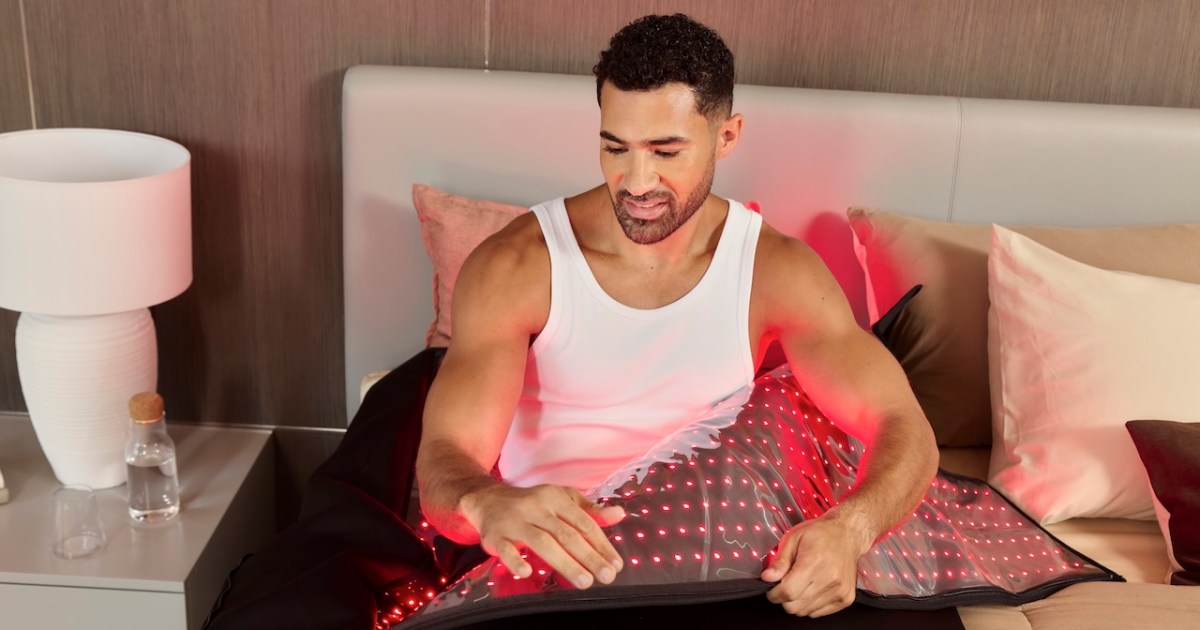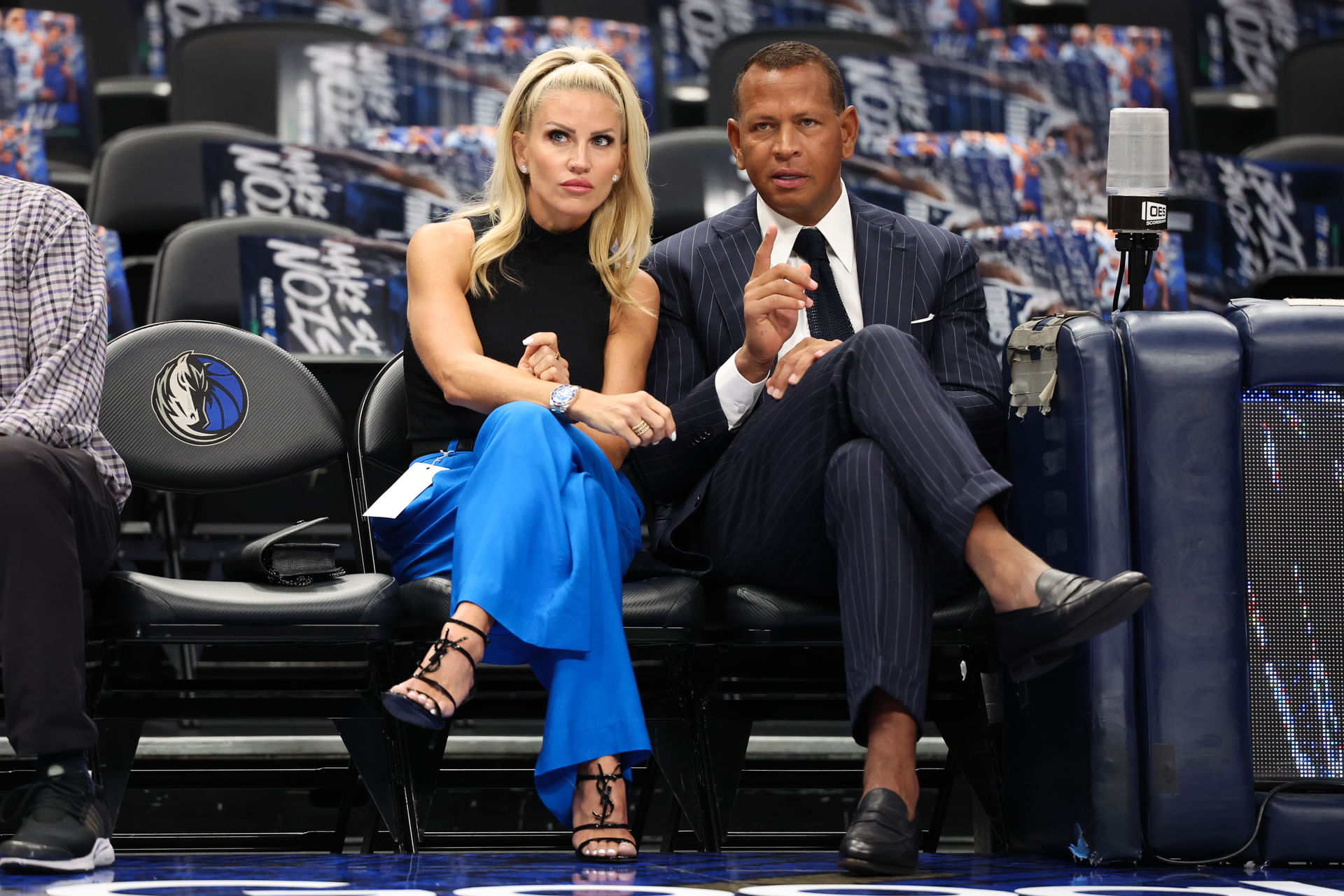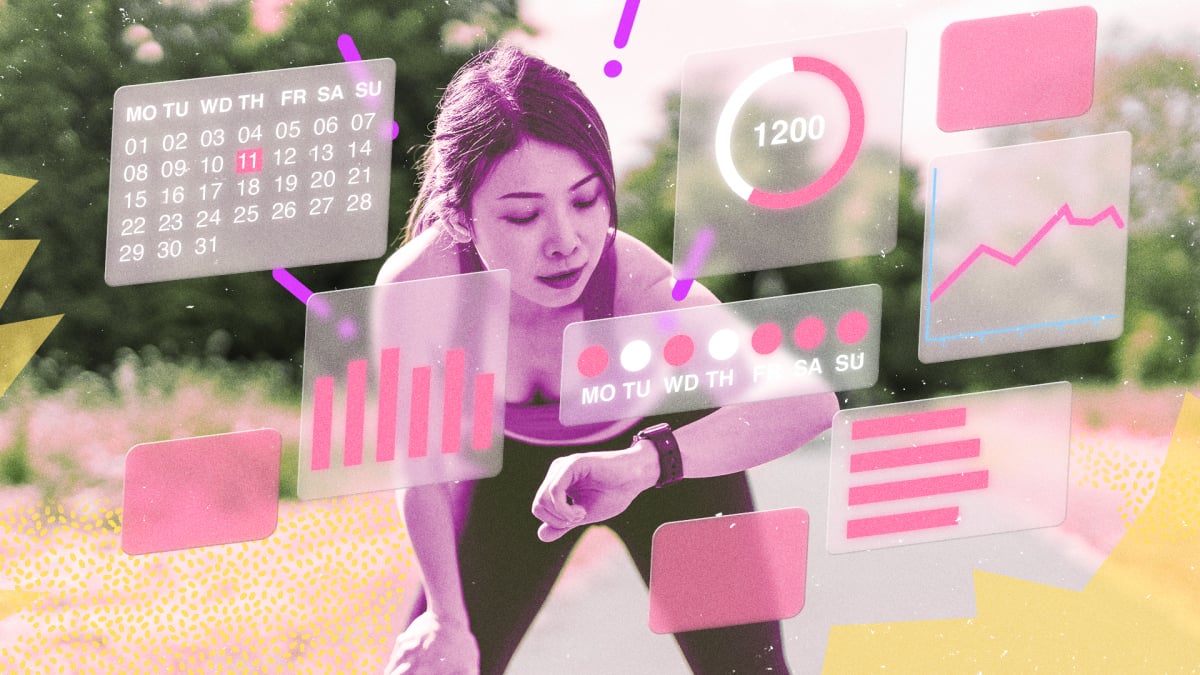Red light therapy is currently having a moment, and here at The Manual, we’re right in the middle of it. Personally, I’ve covered the men’s skincare wands and face masks that use red light therapy, and I’ve been generally impressed. It’s an intriguing technology with some truly interesting potential.
Given all that, getting the opportunity to try a red light therapy blanket for a very different purpose was more than welcome. The focus for this tryout was fitness, health, and wellness — specifically on exercise recovery and improved sleep quality.
To be transparent, my exercise profile includes running 35 to 40 miles a week, over half of them barefoot. My sleep background is sketchy at best — I’m a restless, fitful sleeper, so I went into the tryout open to any benefits the blanket could provide.
Red light therapy blanket parameters and capabilities

The red light therapy blanket I used was supplied by Bon Charge, a leading company in this category with its primary office in Australia. According to CEO Andy Mant, the blanket comes with some unique capabilities.
“This blanket has both red light at 660 nanometers and near infrared at 850 nanometers,” Mant explained. “These are the most studied frequencies for wellness benefits. Red light is visible light that works at the surface level,” he added. “It promotes firmer skin and boosts complexion by reducing blemishes, fine lines, and wrinkles.
“Near-infrared light is invisible, and it penetrates deep into the skin, promoting muscle recovery and boosting cellular energy. These specific wavelengths provide these benefits by providing more oxygen in the body’s electron chain transport system, which makes more energy available at a cellular level to promote repair and restoration.”
Shipping and setup

The capabilities of the blanket might sound complicated, but the setup was actually simple, although the blanket came in what I can only describe as “Fort Knox” packaging. It was shipped from Australia, although it did get help up in LA for a bit, thus proving that extended layoffs can happen to the best of us, even premium products. It took more time to hack through the packaging than it did to set up the actual product.
Additionally, I took the time to read through the 14-page PDF file that came with the product. This time was well spent, as there’s a list of minor safety issues and contra-indicators related to possible red light sensitivity that could happen when using the blanket.
As for the physical setup, the controller connects easily to the blanket via a connector slot at the top, and the controller then gets routed to a power adapter, which in turn plugs into a standard outlet. As basic as it gets, really.
My first session

Once I was done with the setup, I took the recommended sensitivity test, which involved exposing the skin on my forearm to red light to see if anything nasty happened.
The first effect happened immediately during the sensitivity test, but it definitely wasn’t bad. Right off the bat, I felt what seemed like increased circulation in my forearm. Was this a placebo effect? Wishful thinking? Hmm.
After that, I zipped myself into the blanket and did my first session. It felt appropriately weird, like I was doing a science experiment on myself. The controller proved easy to use, and so were the goggles, which are required during sessions to avoid looking directly into the red lights located inside the top and bottom of the blanket.
My first session lasted just over 10 minutes. Bon Charge recommends a session length of 5 to 20 minutes, and I did my first one at the lower intensity levels (there are a total of five). As a side note, daily use is also recommended to reap the benefits of red light therapy, with a minimum total of three sessions a week to get tangible results.
So, did I feel anything? Yes, definitely. I felt more relaxed and warmer as well, especially as the session went on. Initially, I thought some of that might be due to wrapping myself in a blanket — which also emits a weird variation on a new car smell — but the effect lasted for a while after the session ended. A skeptic to the end, I held on to the possibility that it still might be a placebo effect, but I also found myself eager to do more.
Giving the green light to red light therapy

When I kept going, I started doing longer 20-minute sessions at the highest intensity setting, and I also experienced more benefits. The aforementioned increased circulation became more pronounced. In addition, I experienced less soreness and suddenly, some movements that are occasionally difficult due to a lifetime of running became easier.
In addition, there were skincare benefits. I’d already experienced some of these, so this wasn’t entirely unexpected. Immediately after my red light therapy sessions, the skin on the back of my hand appeared plumper and fuller as well.
In a related benefit, my hand also felt less stiff, with no soreness. As a writer, I typically type a minimum of 2,000 words a day, so this is an occasional issue, especially since I’m a former carpal tunnel sufferer. The blanket seemed to help with this as well, which was a big selling point for me.
Specific benefits: Exercise recovery

As I got deeper into my tryout, I tried to focus more on specific benefits, starting with exercise recovery. These were harder to nail down, but I’ll offer an initial breakdown and summary
I definitely had less general soreness after a run. My daily runs are 5 to 6 miles at a slow pace, six days a week, and I didn’t vary this at all. The red light blanket was real enough to quickly make it a staple of my daily pre- and post-running routine. The sessions are relaxing, although the benefits are harder to quantify.
A couple of caveats apply here. One is that just taking the time to relax and focus exclusively on my body post-run is going to promote some kind of healing and potential benefits, with or without the red light blanket. This is something I’ll definitely be closely monitoring as I continue to use it.
The second caveat is more about me. Like many runners, I’m one of those people who will do more if I get a level of recovery that allows it. This isn’t necessarily healthy or smart, but it is a part of my nature that isn’t going away any time soon. Once again, it’s something I’ll need to monitor going forward.
Are there sleep benefits, and are they real?

This is a much tougher question to answer. I did notice that I slept through the night multiple times after using the red light blanket, and this is rare for me. My sleep was disrupted occasionally, but when this happened, I was able to get back to sleep more easily than usual.
There are caveats in this area, too. I do other things with self-care to promote better sleep, so they may be playing a role in this process as well.
So, what’s the final verdict? I loved trying out the red light blanket, and I’ll continue to use it religiously and do a follow-up piece at some point soon. The price point is obviously high, but the benefits were and are more than worth it. Red light therapy technology definitely works, and I’d recommend it highly to anyone who wants to be on the cutting edge and potentially experience the benefits that I did.




